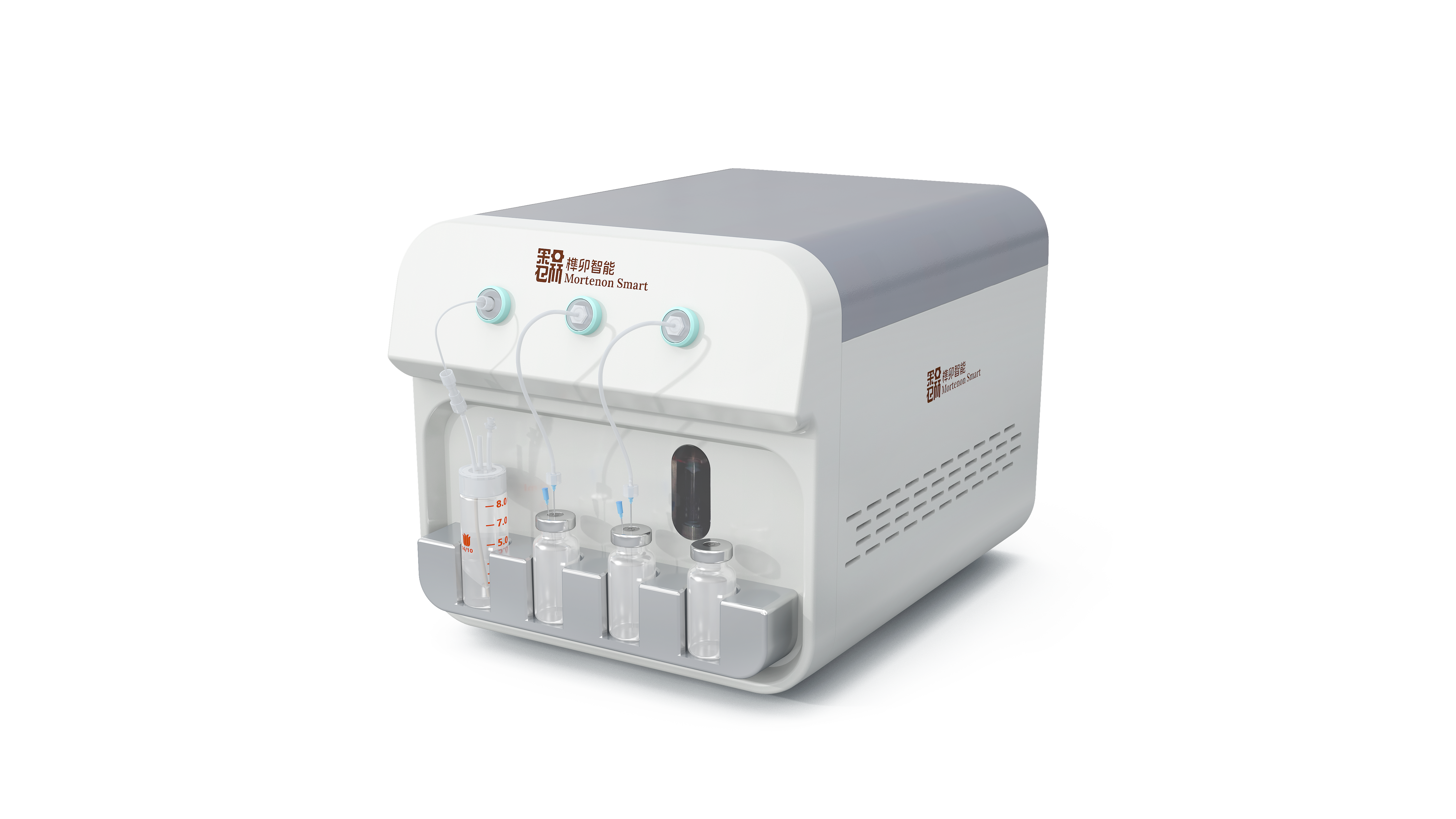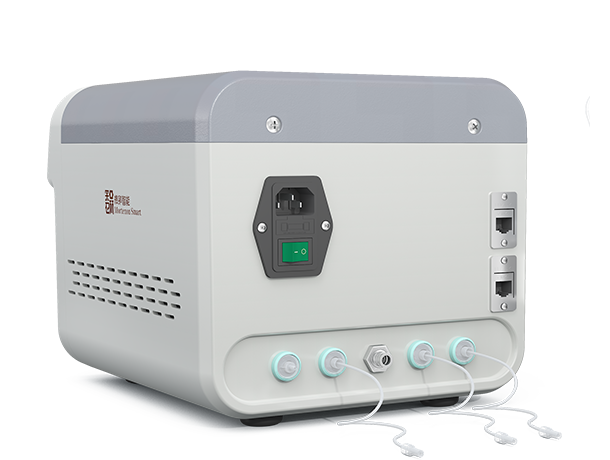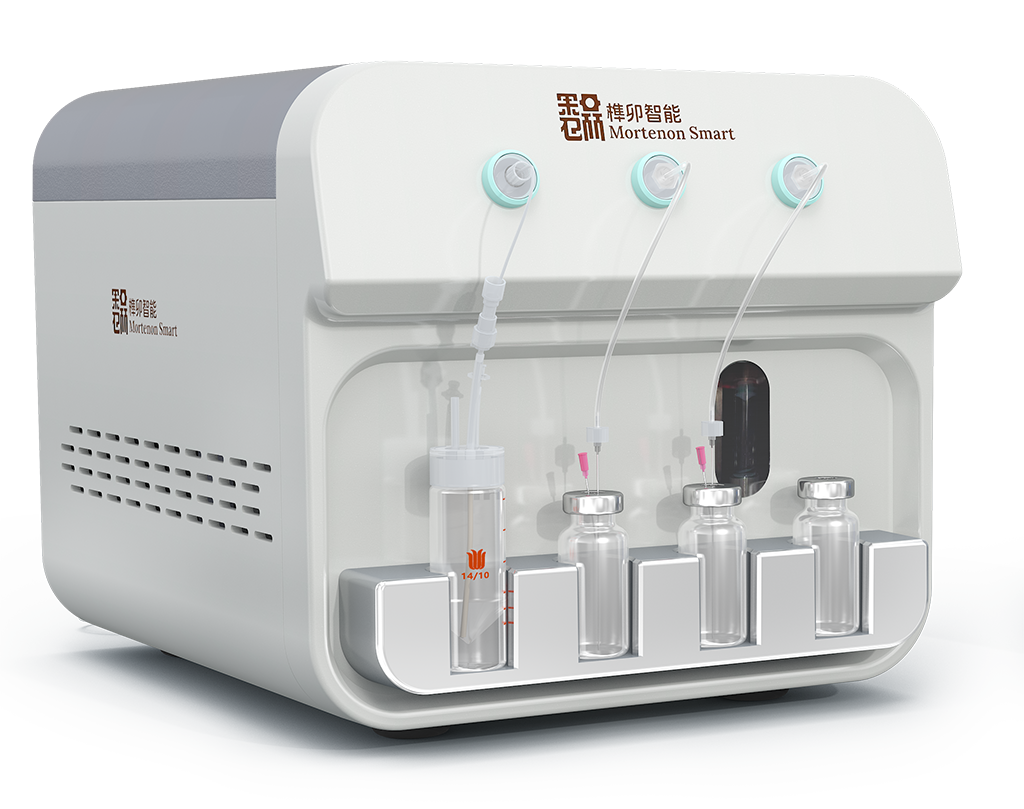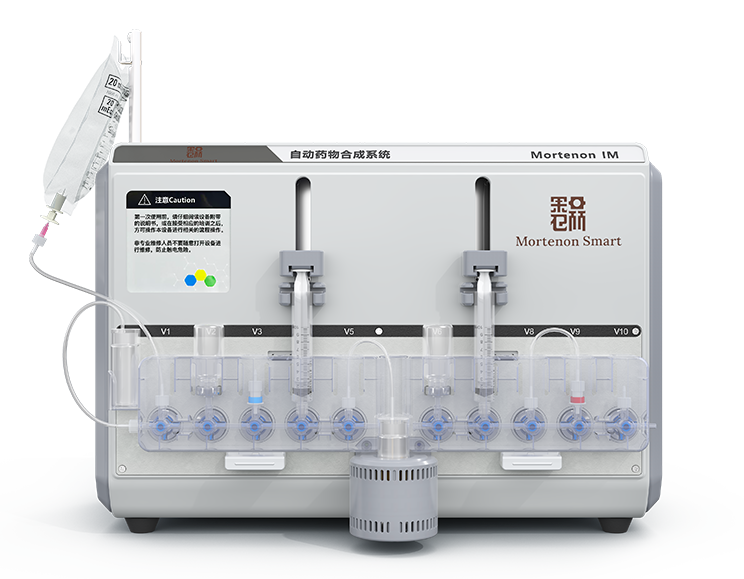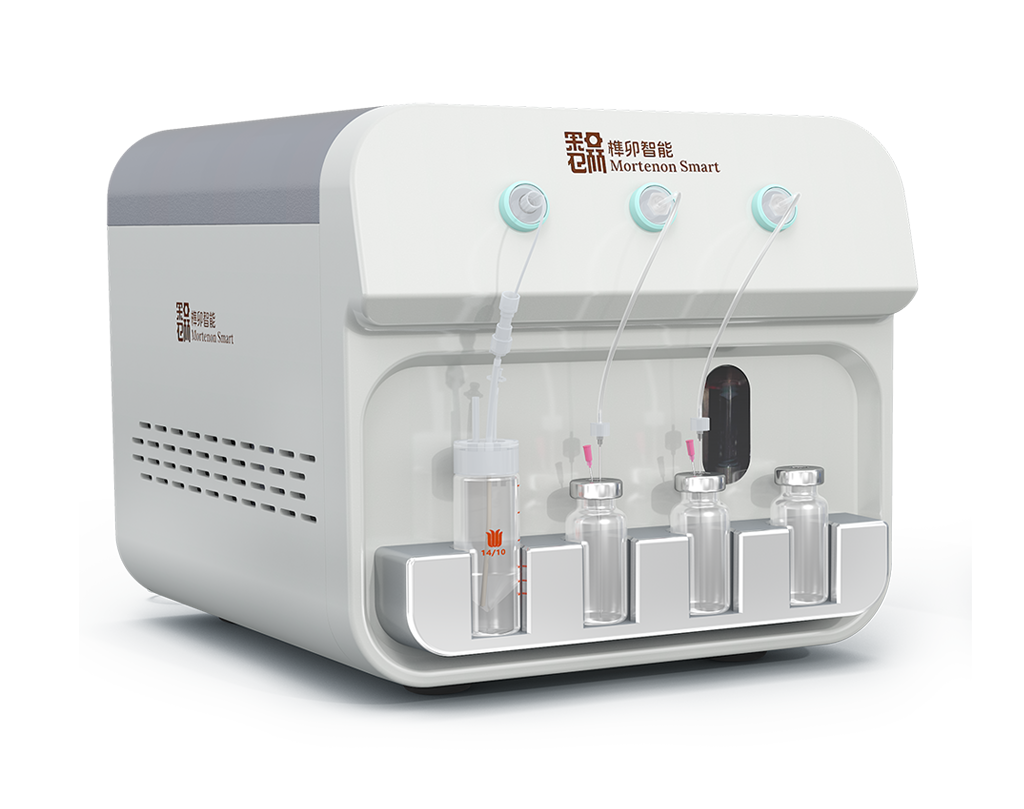-

Strong Compatibility
Compatible with various cyclotron models and synthesis devices -

Compact Size
Can be placed inside existing synthesis hot cells -

Compliant with GMP production standards
Product Details
Product portfolio
Q&A
-
What does the after-sales service for Mortenon S3 include?We provide comprehensive after-sales services for the Mortenon S3, including equipment installation and commissioning, operator training, regular maintenance, troubleshooting, and remote technical support. Additionally, spare parts are supplied promptly to ensure stable and worry-free operation. Our service team responds quickly, and users can contact us anytime via hotline, email, or other channels. We will arrange timely support based on the situation to ensure the equipment runs efficiently and reliably.




